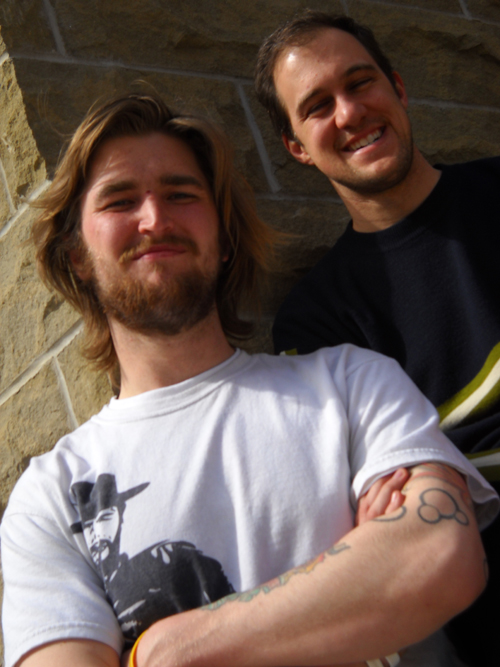
Design better school classrooms for African youth and make better U of G engineers in the process? Prof. David Lubitz, School of Engineering, says students in this semester’s design course will carry lessons from a first-time international development assignment in southern Africa into their own careers.
About 30 of the 120 students in his third-year course took on group projects to design a more effective and comfortable classroom for a planned high school complex in Zambia being developed by a non-governmental organization based in Stratford, Ont.
Called Same World Same Chance, that NGO is building a high school and health clinic for orphaned and disadvantaged youth. They’re working in a village called Kimbombomene, near Zambia’s northern border with the Democratic Republic of the Congo.
The first school building went up last fall. Several buildings, including student housing, are planned for the site, which will accommodate 400 youngsters from a region of about 10,000 people, says Tony Fedec, a fourth-year student in water resources engineering.
Fedec learned of the project last year while volunteering in the region on another initiative with Engineers Without Borders. Back at Guelph, he shared that contact with Lubitz and ended up working on Zambian classroom designs for his own third-year course project.
Referring to his interest in human and international development, Fedec says: “I feel passionate about it. It’s something I want to do with my degree. What engineering is to me is not about making things for profit but making things for others.”
Using details provided by their Same World Same Chance contacts, the Guelph students developed low-cost, energy-saving ideas for classroom space suited to local weather and instructional needs.
Solar energy panels, for instance, might have been a workable way to generate electricity, but such an installation would have cost more than the building itself. Instead, U of G students have proposed portable solar lanterns or even a unit to generate pedal-powered electricity from a bicycle onsite.
For ventilation, they proposed a solar chimney designed to draw heat from the classroom. And they’ve suggested catching and storing rainwater for drinking water or for irrigating vegetables grown for sale.
Each classroom occupies a single mud-brick building with a steel roof and a concrete floor. The room lacks heating or cooling infrastructure, except for small charcoal stoves in winter, and uses only natural light from windows.
Often lacking precise information, the Guelph students had to research the project and learn to make and test assumptions, which was partly the purpose of the design class for Lubitz. “I’m asking students to try a new way of problem solving. We ask students to take a leap outside their comfort zone.”
The two co-founders of Same World Same Chance — Kimberly Hurley and Marissa Izma — are currently working on the project in Zambia. Writing in an email, Izma says: “We love the idea of getting youth to develop a project for youth on the other side of the world. Why not use the skills of students in Canada? It seemed perfect. The beauty is that students are capable of making a difference. You don’t have to be a professional engineer to make a difference.”
For Fedec, both sides win. “Same World Same Chance gets technical expertise as students gain a different skill set.”